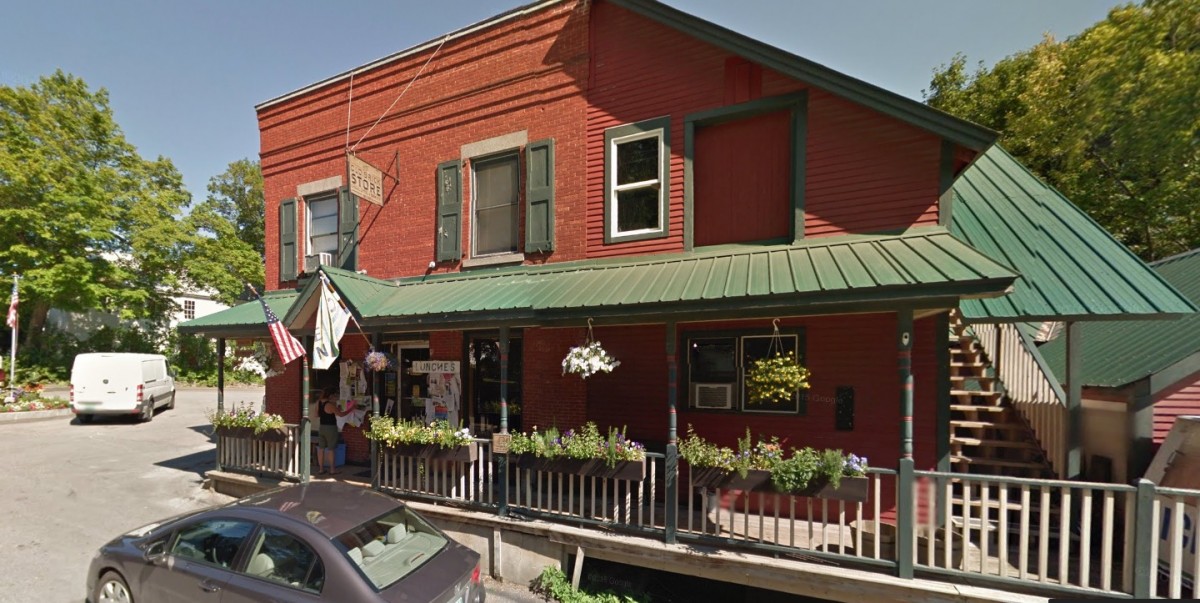
Community Supported Enterprises by Paul Bruhn, PTV Executive Director
Although there are a great many antecedents, the Community Supported Enterprise phenomenon seems to have blossomed in the last few years.
Why are CSE’s blossoming now?
- There are a couple of reasons that are combining for this new wave of CSEs:
People seem to be recognizing that there are some business enterprises that are essential to community vitality. - In addition, there is a growing understanding that these essential businesses may not work in the normal for-profit system.
“Third places” have long been understood to be an important part of community life. Home and work are the first places in our lives, and these “third places” where people connect with others in their community have a lot to do with the success of their community. Village stores, cafes and bakeries, restaurants and pubs, and bookstores are among these “third places.”
Though there is no cookie-cutter solution, CSE’s generally combine some combination of charitable capital, charitable contributions, community support, and entrepreneurship. Some have all of these elements, others have only a few.
The Preservation Trust has been involved in a wide variety of CSEs, and they come in all shapes and sizes. Sometimes we’ve been deeply involved, and in other cases we’ve simply provided technical assistance or modest financial support. Included are: Grand Isle Lake House, Latchis Hotel and Theaters in Brattleboro, Claire’s Restaurant in Hardwick, Mad River Glen’s Single Chair in Fayston, City Market in Burlington, Starksboro Village Store, Bee’s Knees, Putney Books, Putney General Store, the New Brick Store in Charlotte, Barnard General Store, and Savoy Theater in Montpelier. In addition, we are working with a variety of other communities that are exploring the possible development of a Community Supported Enterprise.
Benefits of CSE’s
Community ownership of the real estate, equipment, and furnishings protects the community’s investment as well as the charitable investment. It also makes it possible for a start-up business to start-up without debt. Most of these enterprises are more likely to succeed if there is limited or no debt. If the community owns the space, equipment, and furnishings; and one business fails, the infrastructure is still there for the next edition.
Building community support and interest through the sale or “shares” or “certificates” like Community Supported Agriculture initiatives, builds a community committed to support the enterprise. These folks really want the business to succeed!
Unfortunately the realities of doing business in today’s world, make it very difficult for these critical “third places” to work solely as for profit businesses. Mixing charitable investment, charitable contributions, community support through share or certificate purchases, and entrepreneurship is a way to provide these essential services and places to a community.
Lessons Learned So Far
- The CSE model is not a substitute for a good business plan.
- There is no cookie cutter approach to developing a CSE.
- There are a lot of different reasons why businesses go bad (difficult economy, lack of financial controls and systems, “disappearing” cash, partnerships that go sour, disappointing a segment of the community, getting behind on tax payments, substance abuse, etc.). It’s no different for CSE’s. Do be aware of the usual pitfalls and try to avoid them.
- The CSE model may work best for new business start-ups (Claire’s Restaurant) or to replace a enterprise that closed (Putney Books.) It can also be used to expand an existing business and thus provide a better service to the community (Bee’s Knees in Morrisville).
- It may not be the best way to fix a business that is having cash flow problems, or one that just isn’t doing enough business.
- Ideally, community investment and charitable support should be used to acquire tangible assets such as real estate, equipment, and furnishings that don’t walk away.
- It may be true that not all entrepreneurs know everything. Ideally, this partnership with the community will include a willingness of the part of the business owner to get help through technical assistance providers and mentors.
- The business owner also needs to be open to comments and suggestions from the community investors and members. While the business owner needs to be free to make his or her own decisions, setting up a regular process to get feedback from community supporters and investors will help build a successful enterprise. Monthly or quarterly meetings are a way to accomplish this challenge.
- For the entrepreneur, the CSE approach can add new work to any already busy day. As one owner/entrepreneur put it: being accountable to the community stakeholders or the success of the venture definitely raises the stakes and increases management’s stress during the inevitable challenges of a startup or growing enterprise. It is not for the faint of heart and requires agreement on a clear vision and operating plan which can be used to keep all the players on track during challenging times.
- Putting together an Memorandum of Understanding outlining the spirit and principles of the arrangement could help avoid future misunderstandings and reinforce the notion that these enterprises are really a partnership between the community and an entrepreneur. The lease should reference and support the spirit and principles included in the MOU.
